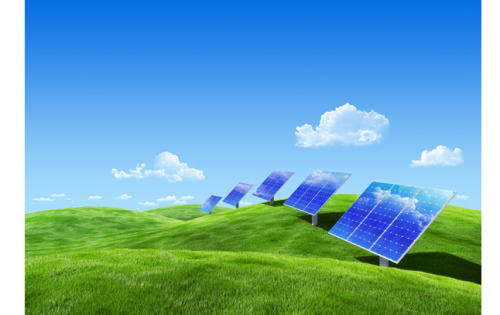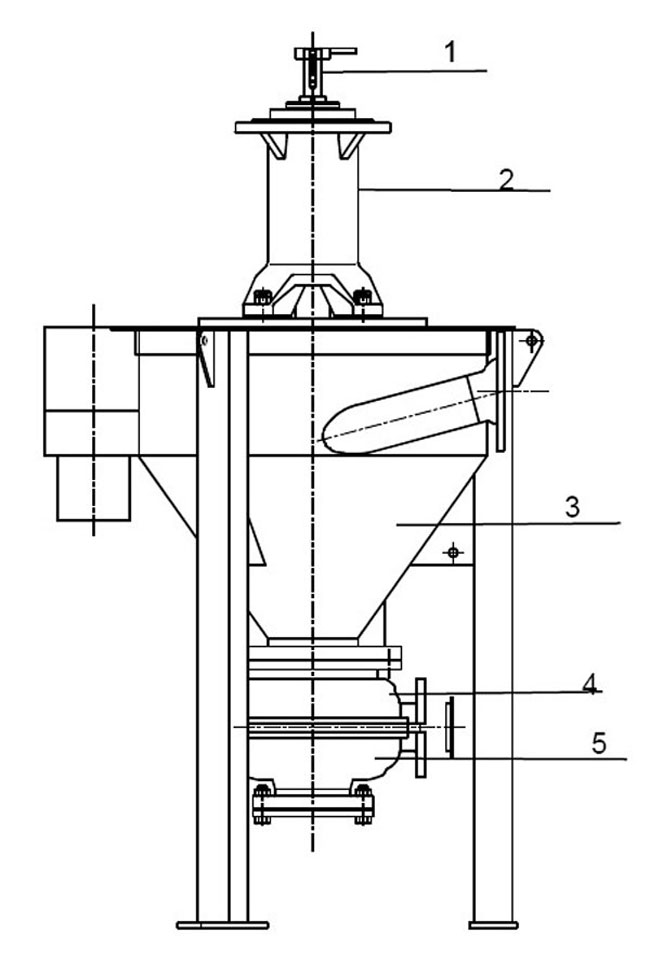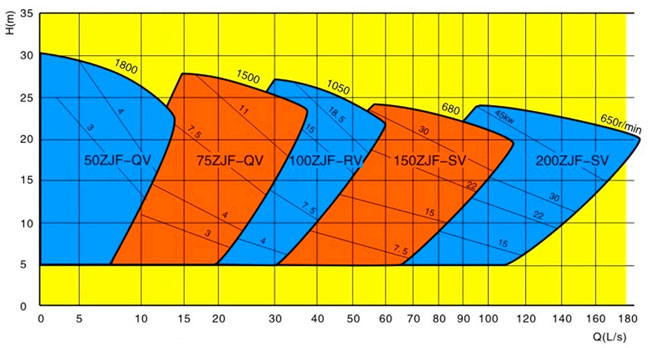
Traditional energy, also known as conventional energy, refers to energy that has been produced on a large scale and is widely used, including coal, oil, and natural gas, all of which are non-renewable, conventional energy sources. They are the main sources of energy for promoting social progress and civilization. It is limited.
At present, the current status of China's traditional energy reserves is: rich coal, lean oil, low gas, China's coal reserves are abundant, accounting for 11.60% of the world's reserves, China's coal resources total 5.6 trillion tons, of which proven reserves of 10,000 Billion tons, accounting for 11% of the world's total reserves, while oil accounted for only 2.4%, natural gas only accounts for traditional energy, also known as conventional energy. It refers to energy that has been mass-produced and widely used, including coal, oil, and natural gas. One-off non-renewable conventional energy sources, which are the main energy sources for social progress and civilization, have limited reserves. At present, the current status of China's traditional energy reserves is: rich coal, lean oil, low gas, China's coal reserves are abundant, accounting for 11.60% of the world's reserves, China's coal resources total 5.6 trillion tons, of which proven reserves of 10,000 Billion tons, accounting for 11% of the world's total reserves, while oil accounted for only 2.4%, natural gas accounted for only 1.2%. China is now facing a shortage of oil. By the end of 2000, China's remaining oil reserves were 2.46 billion tons, accounting for only 1.8% of the world's total. At the same time, the large consumption of traditional energy sources often brings environmental and ecological problems, such as greenhouse effect, acid rain, photochemical smog, and floating dust. These word problems not only damage human health, but also affect the growth of animals and plants and destroy economic resources. Damage to buildings and cultural relics can severely change the nature of the atmosphere. Ecological damage.
New energy is also called unconventional energy. It refers to various energy forms other than traditional energy sources. Refers to energy that has just begun to develop or is being actively researched and yet to be promoted, such as solar energy, geothermal energy, wind energy, ocean energy, biomass energy and nuclear fusion energy. Various forms of new energy sources come directly or indirectly from the sun or heat generated inside the earth, mainly including various renewable energy sources and nuclear energy. Compared with traditional energy sources, new energy sources have the characteristics of large reserves and less pollution. Nowadays, China's new energy sources are very rich. If wind energy is available, China's proved theoretical wind energy reserves are 3.226 billion kilowatts, and the amount of exploitable development is 253 million kilowatts. Nuclear power, as of the end of 2009, China's nuclear power installed capacity was 9.08 million kilowatts, a total of 11 units, accounting for 1.04% of the country's total installed power generation. In 2009, nuclear power generated 70 billion kWh, an increase of 1.13% year-on-year, accounting for 1.95% of the country's total electricity generation.
AF Vertical Froth Pumps
Naipu AF vertical froth pumps are of heavy duty construction, designed for continuous pumping of highly abrasive and corrosive frothy slurries. They have a vertical shaft configuration, and comprise a hopper, with vertical Bearing Assembly, and Type`NP-AH` pump wet-end. They feature a wide choice of replaceable abrasion resistant metal or moulded elastomer casing liners and Impellers.
Typical Applications---
Minerals Flotation Processing
Handle Frothy Slurries
AF vertical Froth Pump Showing Component

Main Part Number At The Drawing
|
1.Bearing
2.Bearing Assembly
3.Tank
4.Frame Plate
5.Cover Plate
|
Materials of Construction
|
|
LINERS
|
IMPELLERS
|
CASING
|
BASE
|
EXPELLER
|
EXPELLER RING
|
SHAFT SLEEVE
|
SEALS
|
|
Standard
|
Chrome Alloy
Natural Rubber
|
Chrome Alloy
Natural Rubber
|
SG Iron
|
SG Iron
|
Chrome Alloy
or
SG Iron
|
Chrome Alloy
or
SG Iron
|
SG Iron
|
Rubber
and
Nitrile
|
|
Options
|
Ferralium
Hastelloy C
316 SS
W151
Polyurethane
Neoprene
Butyl
Viton
Nitrile
EPDM
Hypalon
|
Ferralium
Hastelloy C
316 SS
W151
Polyurethane
Neoprene
Butyl
Nitrile
Hypalon
|
SG Iron
Various grades
|
MS
Fabricated
Cast Iron
|
NI Resist
Ferralium
Hastelloy C
Polyurethane
316 SS
W151
|
NI Resist
Ferralium
Hastelloy C
316 SS
Rubber
W151
Polyurethane
Neoprene
Butyl
Nitrile
|
EN56C
Ferralium
Hastelloy C
Titanium
316 SS
304 SS
|
Ceramic
Stellite
Chrome Oxide
Nordel
Neoprene
Viton
|
NP-AF FROTH PUMP SELECTION CHART

NP-AF FROTH PUMP PERFORMANCE PARAMETERS
|
Type
|
Allowable Mating Max. Power(Kw)
|
Clear Water Performance
|
Impeller
|
|
|
|
Capacity/Q m³/hr
|
Head/m
|
Speed/rpm
|
Max Efficiency/%
|
Impeller Diameter/mm
|
|
2QV-NP-AF
|
15
|
7.2-33
|
5-30
|
800-1800
|
45%
|
229
|
|
3QV-NP-AF
|
20
|
10-104
|
10-28
|
700-1500
|
55%
|
268
|
|
4RV-NP-AF
|
40
|
15-130
|
6-28
|
500-1050
|
55%
|
397
|
|
6SV-NP-AF
|
75
|
55-330
|
6-25
|
350-680
|
55%
|
560
|
Vertical Froth Pump,Froth Pump,Froth Slurry Pump,Centrifugal Froth Pump,Mining Pump,Foam Pump,Vertical Foam Pump
Shijiazhuang Naipu Pump Co., Ltd. , https://www.naipu-pump.com


